BIG KAISER’s 10 Most Useful Articles of 2020: Part 1
We get to work with great partners and customers. It gives us the chance to see all kinds of metalworking scenarios, from the most common to the hard-to-fathom prototype. We often discover valuable strategies and techniques along the way and love sharing some of those learnings in the pages of the industry’s most trusted publications. Here’s a look back at a few of our most practical articles of the year.
Digitally Connected Tooling Systems - Connected Boring Tools and How They Improve Data Collection
BIG KAISER author/contributor: Nick Jew, research and development engineer
Publication: June 2020 edition of Aerospace Manufacturing and Design
Key quote: “The potential for digitally connected tools is constantly growing. In the future, as long as we can continue to downsize the sensors and electronics that go into the tools, you can essentially have every tool connected in ways that allow for constant monitoring of vibrations, temperature, and all cutting information that used to be guessed at with analog tools.”
Something you’ll learn: how digital tools work and the best way to introduce them to a shop.
Micromachining – What to Know about Holders, Drills, End Mills and Machines
BIG KAISER author/contributor: Jack Burley, vice president of sales and engineering
Publication: May 2020 edition of Today’s Medical Developments
Key quote: “We consider tools with diameters <3mm to be micro tools; these aren’t simply smaller versions of their macro counterparts. They have geometric considerations all their own. For example, the 1mm Sphinx drill can run at 80xD. But this is only possible because the cylindrical shaping extends further down the tool, closer to the tip, to facilitate pecking and maintain strength.”
Something you’ll learn: how to think differently about coolant, tooling and machines when preparing micromachining work.
Read article now
Fabricator Finds Dramatic Time and Tool Cost Savings in an Unusual Place
BIG KAISER author/contributor: Doug Sumner, Tool Measuring Systems product manager
Publication: April 2020 edition of Stone World
Key quote: “The Essentia quickly tells you if a tool is out of shape,” explained Phocas. “I can prepare a set of tools in about 10 minutes, put them on the machine and start running. Whereas, with the old system it would take me anywhere between two to three hours, re-measuring and re-dressing while machines sat idle. We think our tool life has improved by 35 to 45 percent as well. It’s just phenomenal.”
Something you’ll learn: how much time even the most basic benchtop presetter can make setting up tools and what it’s like to introduce one to a shop.
Read article now
Machine Maintenance and Monitoring Tips
BIG KAISER author/contributor: Alan Miller, engineering manager and product manager
Publication: February 2020 edition of Cutting Tool Engineering
Key quote: “What many people first think is tool trouble frequently can be resolved with cleaning, more vigilant monitoring of machinery or both.”
Something you’ll learn: the five simple things you can do to protect capital investments, extend tool life and get parts done right the first time.
Read article now
Selecting the Right Lead Angle and Insert for Boring Tools
BIG KAISER author/contributor: Jack Burley, vice president of sales and engineering
Publication: March 2020 edition of Fabricating & Metalworking
Key quote: “Conventional wisdom says to use the longest lead angle possible, thinning the chip because it allows you to increase speeds and feeds. We prefer lead angles closer to 90 degrees because they apply the least amount of radial pressure against the tool. This is much more effective in combatting the chatter and vibration that compromise part productivity and tool life.”
Something you’ll learn: the difference between ideal rough and finish boring lead angles and how to choose the correct inserts and holders.
Read article now
Check back for Part 2 where we’ll highlight more of the most valuable advice we’ve shared with the industry this year.


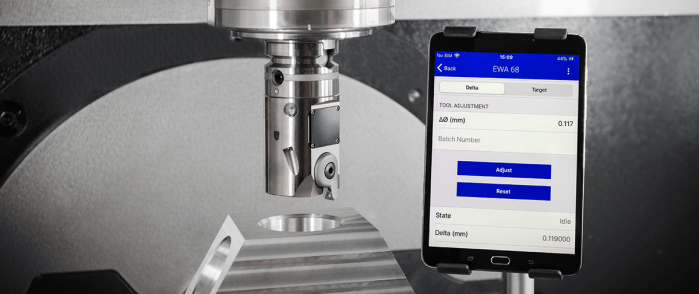
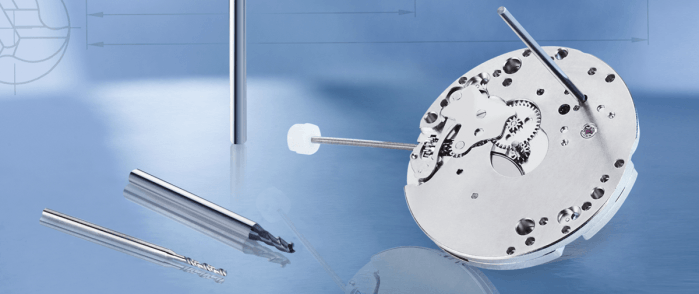
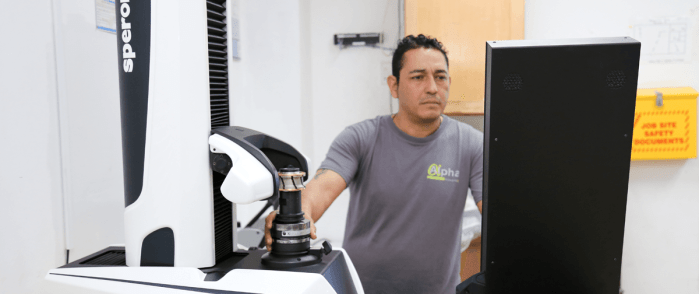
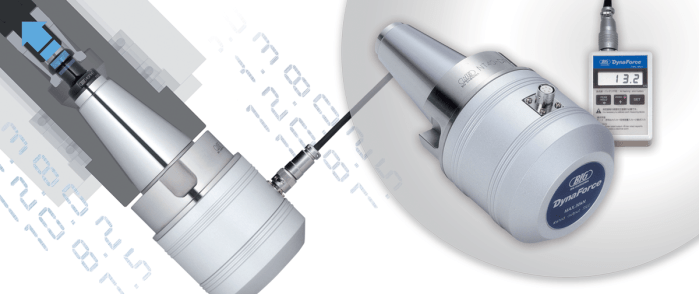
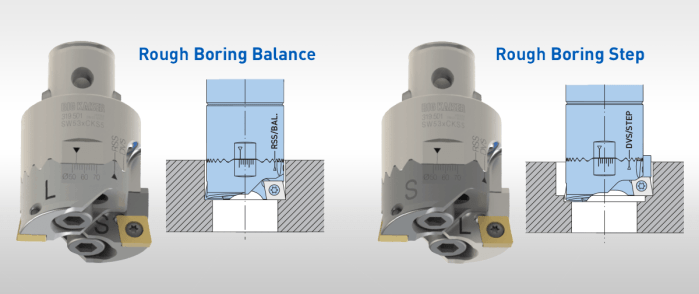
Did you find this interesting or helpful? Let us know what you think by adding your comments or questions below.